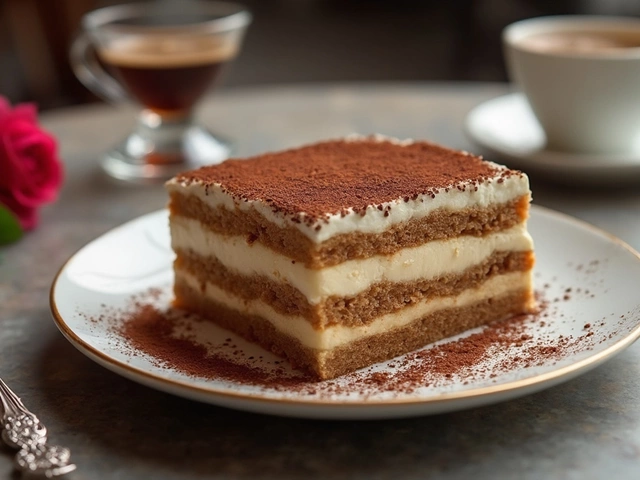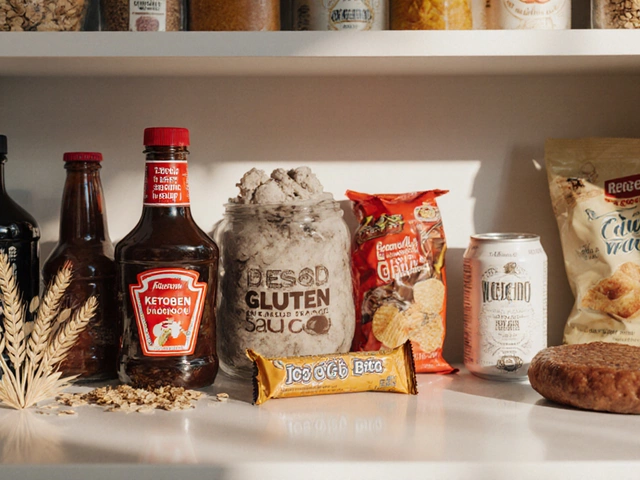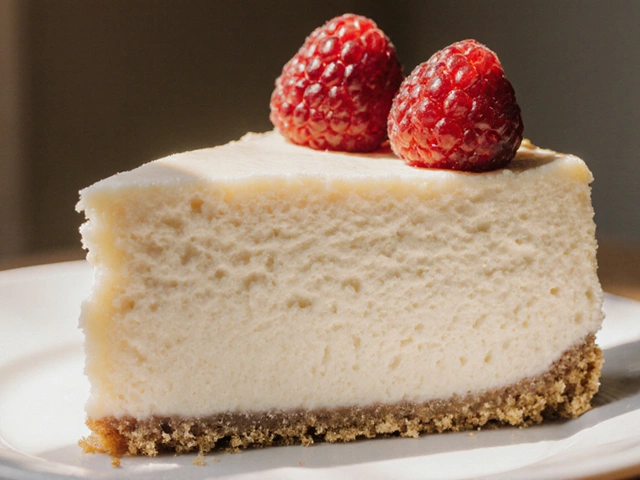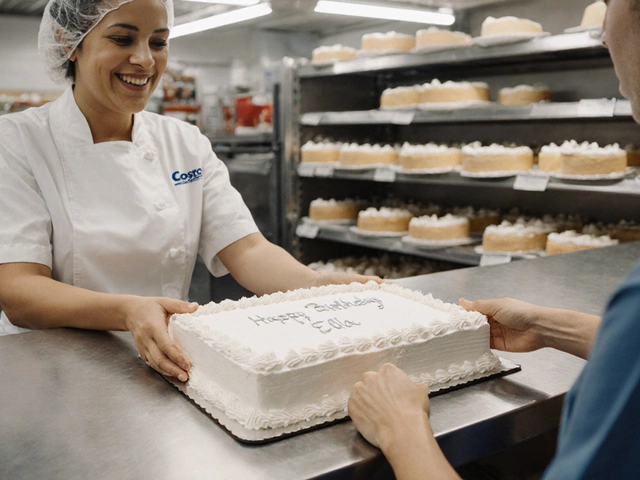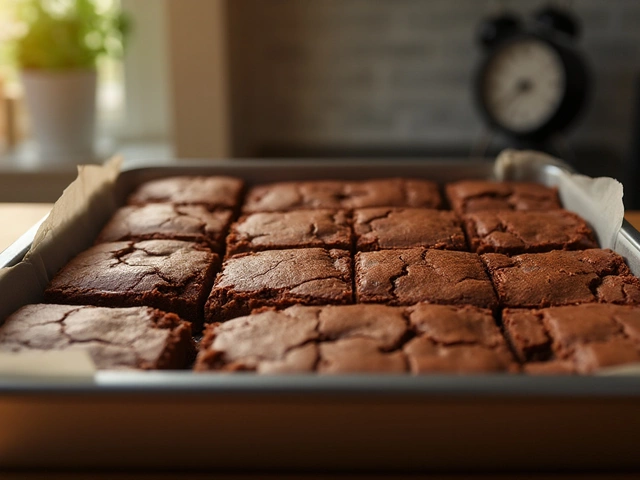History of Requeijão: From Farmstead Roots to Modern Tables
When diving into the history of requeijão, the tale of Brazil’s beloved cheese spread that started in rural farms and migrated to city kitchens, you quickly see how it intertwines with Brazilian cuisine, a vibrant mix of indigenous, African and Portuguese flavors and the broader world of dairy cheese spreads, soft, creamy products made from milk fermentation. Also known as requeijão cremoso, this spread started as a simple milk curd, later enriched with butter and salt, becoming a staple on toast, in pastries, and even in savory sauces. Understanding its background helps you appreciate why today’s chefs sprinkle it over cakes, swirl it into frosting, or blend it into custards.
How Culture, Technique, and Ingredients Shape the Spread
First, the cultural backdrop matters. Portuguese settlers brought the concept of “requeijão” from the Iberian Peninsula, where similar curd cheeses existed. Over time, local farmers adapted the recipe using the abundant leite (milk) from Brazilian cattle, adding tropical flavors like coentro or goiabada. This evolution illustrates the semantic triple: history of requeijão encompasses regional dairy practices. The spread’s texture—smooth yet slightly grainy—relies on the curdling process, a skill that blends traditional heat‑controlled coagulation with modern pasteurization.
Second, technology nudged the spread forward. In the early 20th century, industrial pasteurizers allowed factories to produce consistent batches, turning a homemade treat into a mass‑market product. This shift created a link: industrial dairy production requires standardized fermentation, which in turn gave requeijão the shelf‑life needed for supermarket shelves. Today, you’ll find variants ranging from low‑fat to extra‑creamy, each catering to different culinary needs.
Third, the ingredient list tells a story about taste. Classic requeijão mixes milk, cream, salt, and sometimes a dash of lemon juice to brighten the flavor. Some modern versions toss in herbs, garlic, or even sweet fruit preserves, reflecting the Brazilian love for mash‑ups. This demonstrates another triple: flavor additions influence how requeijão is used in desserts. For instance, a sweet‑infused spread pairs perfectly with pão de queijo or as a filling for brigadeiro‑style truffles.
While the spread is often associated with breakfast, its role in sweets is growing. Our tag collection includes articles on sour cream in cheesecake, mascarpone origins, and fudge texture—ingredients that share a creamy, dairy‑rich profile with requeijão. Knowing the history of requeijão lets you see why it pairs so well with cheesecake bases or how it can replace mascarpone in tiramisu‑style desserts, offering a uniquely Brazilian twist.
Another related entity worth noting is culinary heritage, the shared traditions that pass recipes from generation to generation. Requeijão’s journey from farm kitchen to commercial jar mirrors many Brazilian dishes that started humble and became iconic. This heritage influences modern bakers who experiment with requeijão in gluten‑free cakes, aligning with posts about why gluten‑free cakes sink and how to prevent it.
When you think about requeijão’s modern applications, consider its texture and moisture content. It’s less dense than cream cheese but richer than sour cream, making it a great bridge in recipes that need a silky mouthfeel without the tang of yogurt. This relationship can be expressed as: requeijão’s moisture level balances the richness of desserts. That’s why a swirl of requeijão into a chocolate mousse can cut the heaviness while adding a subtle dairy depth.
Beyond sweet treats, requeijão maintains a strong presence in savory dishes—think of it as a base for catupiry‑style sauces or a topping for pão de queijo. This dual nature highlights the entity connection: requeijão serves both sweet and savory culinary routes. It also explains why our collection touches on diverse topics, from cheese spread origins to the science behind fudge and cheesecake.
One surprising fact is that requeijão was once regulated by the Brazilian government to ensure quality. Early 1900s standards mandated a minimum butter content and limited additives, a move that shaped the product’s consistency for decades. This historical regulation shows a triple: government standards shaped the modern texture of requeijão, reinforcing why today’s spreads feel so familiar across the country.
Looking ahead, chefs are experimenting with “artisan” requeijão, infusing it with smoked paprika, jalapeño, or even cacao nibs. These innovations tie back to the central theme of evolution—how a simple cheese spread can adapt to contemporary palate trends, much like the upcoming botanical pressed‑flower cakes or the next big dessert craze.
For anyone curious about dairy alternatives, requeijão also offers a platform to explore substitutes. If you’re vegan, you might try a cashew‑based spread that mimics its creaminess, echoing articles about vegan cheese and dairy‑free cream. Understanding the history of requeijão gives you a framework to evaluate such alternatives, recognizing which characteristics—like mouthfeel and flavor balance—are essential.
In short, the story of requeijão is a microcosm of Brazilian food culture: rooted in tradition, transformed by technology, and endlessly versatile. Below, you’ll find a curated selection of articles that dive deeper into related dairy topics, dessert science, and creative baking ideas that all intersect with this beloved spread.
Ready to explore how requeijão’s past informs its present uses? Scroll down to discover the full range of posts, from cheese‑based dessert hacks to the science behind perfect fudge, and see how each piece adds a layer to the rich tapestry of sweet and savory culinary art.
Who Invented the Requeijão Cup? The Surprising Story Behind Brazil’s Iconic Glass Jar
Discover who created Brazil's iconic requeijão cup, the 1957 glass‑jar innovation by João Batista de Almeida, and how Nestlé turned it into a national staple.
View More
